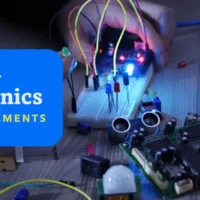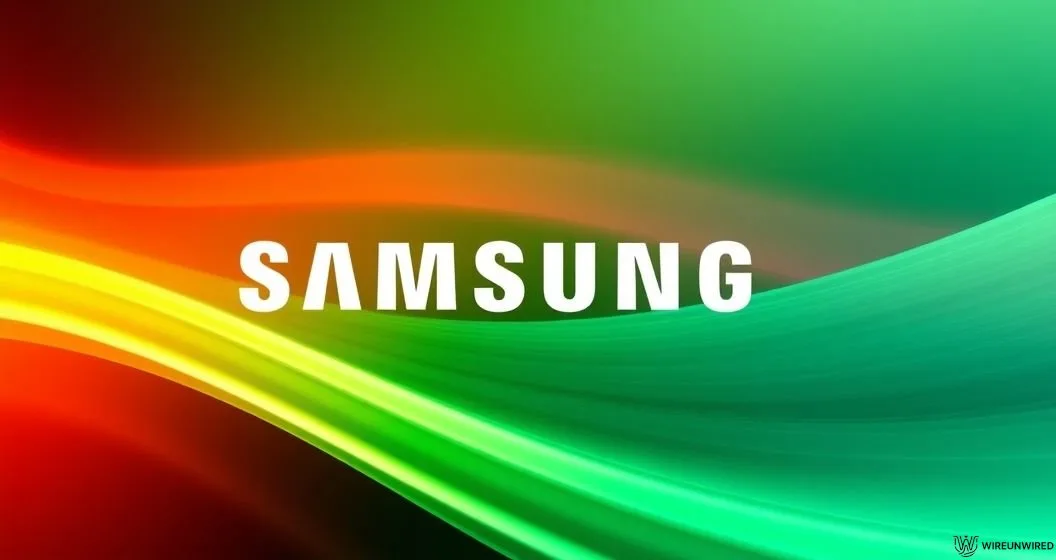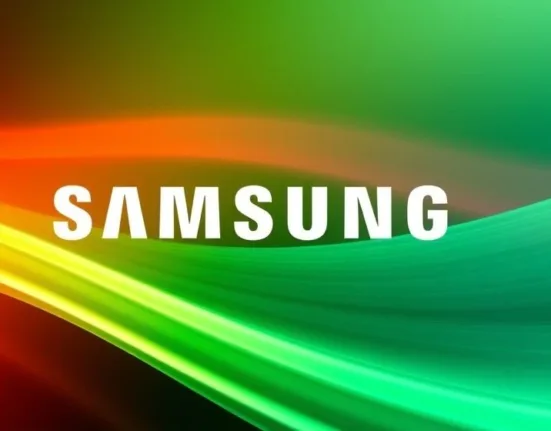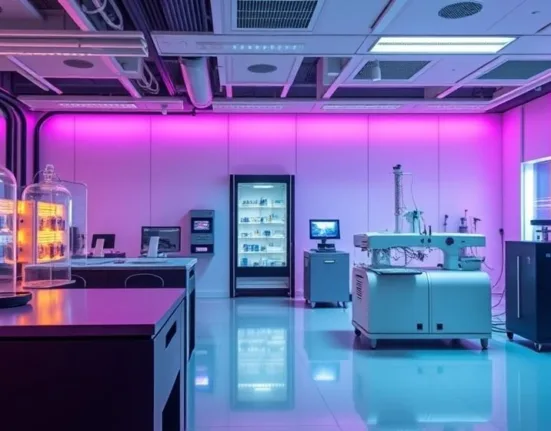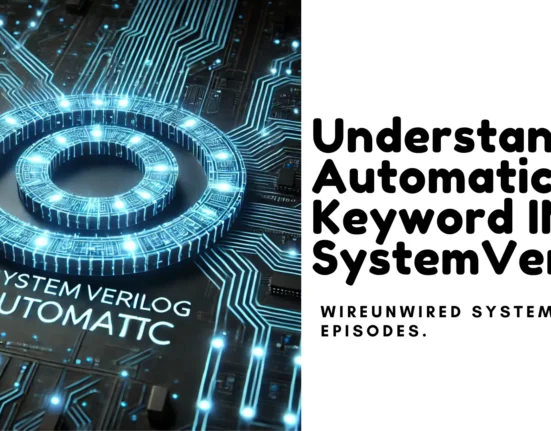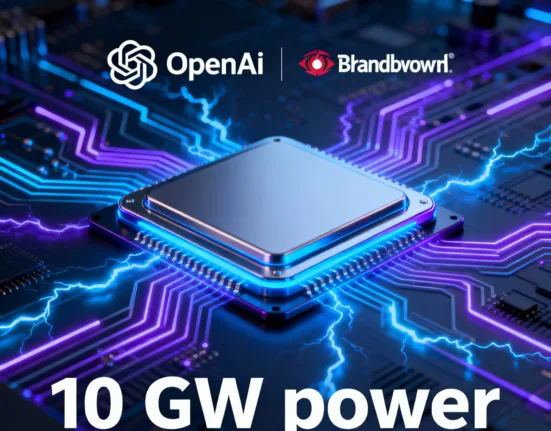Samsung Electronics has officially passed NVIDIA’s quality test for its advanced HBM3E memory chips, a milestone that positions the Korean tech giant as a dominant force in the global AI GPU supply chain. This development, confirmed on , marks a strategic leap for Samsung amid fierce competition in the high-bandwidth memory (HBM) sector, especially as rivals race to deliver next-generation solutions for AI accelerators.
Background: The HBM3E Race and Industry Stakes
HBM technology is a critical component in AI graphics processing units (GPUs), enabling rapid data throughput essential for advanced computing workloads. Samsung’s 12-layer HBM3E represents the current mainstream in memory architecture, boasting a substantial 1.2 TB/s per stack—a significant jump from previous generations. Until recently, Samsung supplied HBM3E chips to AMD and Broadcom but had not cleared NVIDIA’s stringent validation process.
SK hynix led the market with mass production of 12-layer HBM3E chips in September 2024, followed by Micron, which secured NVIDIA certification in early 2025. Samsung delivered its first samples to NVIDIA in February 2024 but faced a lengthy approval process, only now joining as the last of the three major suppliers for NVIDIA’s AI platforms.
Key Developments: Certification and Market Impact
- Samsung’s HBM3E chips have cleared NVIDIA’s quality tests, paving the way for integration into high-end AI accelerators such as the NVIDIA DGX B300.
- Samsung’s stock price surged over 5% upon announcement, signaling investor confidence in its renewed competitive position.
- While SK hynix and Micron have already fulfilled 2025 orders, Samsung’s supply volume to NVIDIA is expected to remain limited this year, with broader shipments anticipated in 2026.
Industry observers in East Asia see this as a major win for Samsung, with discussion intensifying across regional semiconductor circles. The outcome is expected to reinforce Samsung’s leadership and reshape competitive dynamics with Micron, which reportedly failed to meet NVIDIA’s HBM4 requirements.
Analysis: Future Competition and Next-Gen Memory
With HBM3E barely a year old, the industry’s focus is rapidly shifting to HBM4, anticipated to double bus width and deliver up to 2 TB/s bandwidth per stack. Major players, including Samsung, SK hynix, and Micron, are already vying for early certification and commercial adoption in next-generation AI accelerators, targeting volume production in 2026.
| Supplier | HBM3E Certification (NVIDIA) | HBM4 Status |
|---|---|---|
| Samsung | Certified (Sep 2025) | Early samples delivered, aiming for 2026 production |
| SK hynix | Certified (Sep 2024) | Development completed, market leader in HBM4 |
| Micron | Certified (Q1 2025) | Reportedly failed to meet NVIDIA’s HBM4 requirements |
This competitive landscape could also influence AMD’s future products, as Samsung’s memory chips are already featured in AMD’s Instinct MI350 cards.
Implications: Global AI Supply Chain and Market Outlook
The certification not only reinforces Samsung’s role in the global AI chip supply chain, but also signals shifting dynamics as demand for high-performance memory surges. As HBM4 looms on the horizon, the race for technological leadership will intensify, with supply chain stability and innovation at stake for the world’s largest semiconductor and AI hardware manufacturers.
For readers seeking direct updates and industry insights, join our WireUnwired WhatsApp community for real-time news and analysis.





